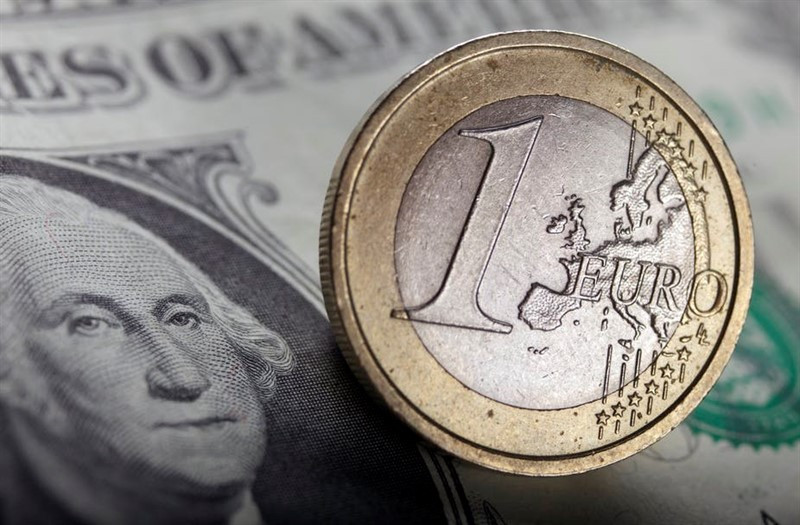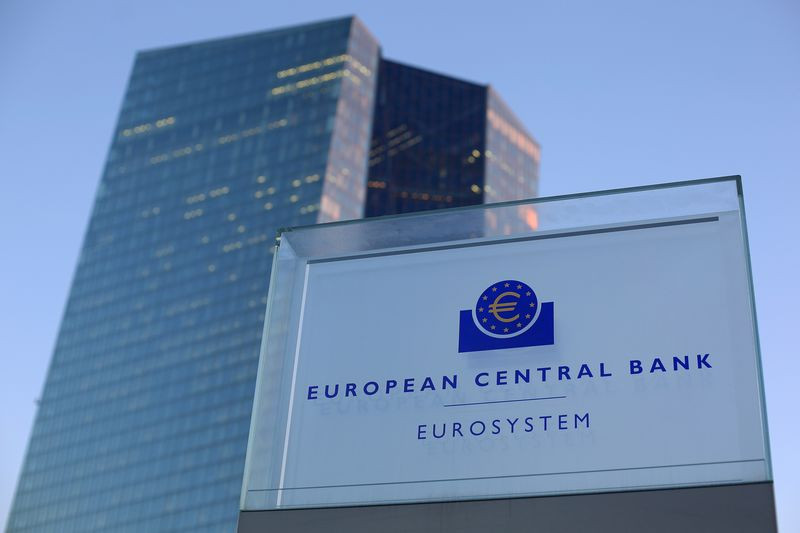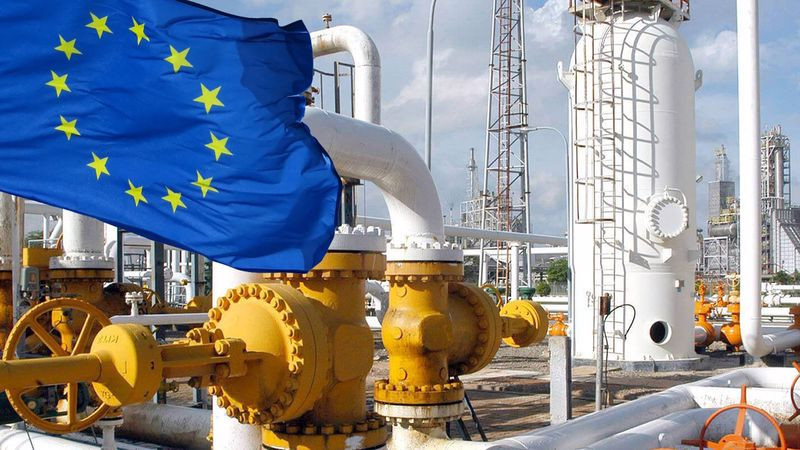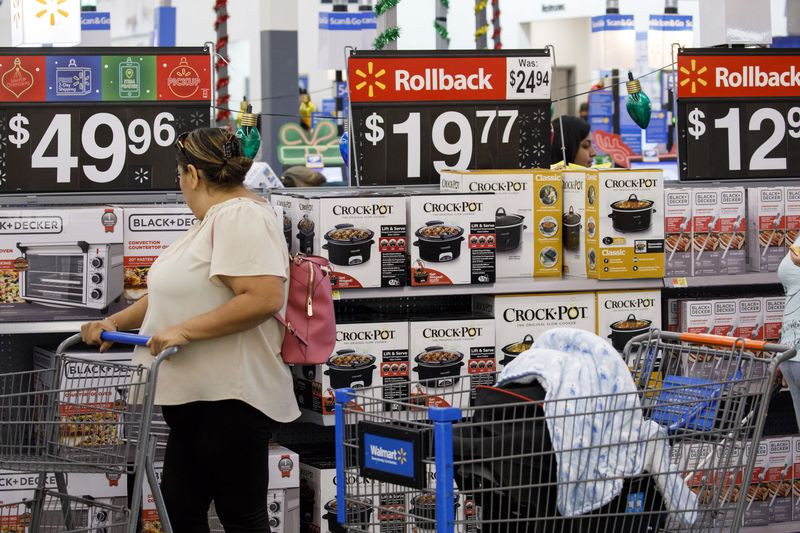
The greenback started the new week on a minor note, continuing to develop a pullback from the highest levels recorded in more than 20 years in the area above 110.70 points last Wednesday.
The dollar fell 0.7% relative to its main competitors on Monday, which was the biggest daily decline since August 10.
The greenback's pullback from long-term peaks was facilitated by increased expectations that inflation in the United States may have already passed its peak. This in turn means a less aggressive increase in the Federal Reserve's interest rates.
Taking advantage of the weakening of the dollar's positions, the EUR/USD pair jumped by 1.6% and reached an almost one-month high around 1.0198. Then it cut the daily profit by about half and finished near 1.0120. Nevertheless, the pair registered its highest daily close in three weeks on Monday.
Apparently, the market considered the results of last week's European Central Bank meeting as something positive for the euro.
The central bank has so far been accused of reacting too slowly to rising inflation.
Last Thursday, the ECB raised interest rates by an unprecedented three-quarters of a percentage point.
"This important step marks a transition from the prevailing highly adaptive level of policy rates to levels that will ensure a timely return of inflation to the ECB's medium-term target of 2%," the Frankfurt-based Financial Institute said in a final communique.
Deutsche Bank predicts that the ECB will once again raise the interest rate by 75 basis points in October.
"It will probably be another similar step in October, and we have changed our opinion, expecting another increase of 75 basis points (previously: 50 basis points)," the bank's strategists noted, referring to the instructions of ECB President Christine Lagarde.
She said that rates are far from the levels suitable for timely return of inflation to the target level, and that we should expect an increase in the cost of borrowing in the next few meetings.
"This underscores the ECB's insensitivity to a possible recession and focus solely on reducing inflation," Deutsche Bank said.

The hawkish reassessment of expectations regarding the ECB rate reduces the divergence with the Fed's policy and offers more support for the single currency against the US dollar. However, there is no certainty that this will be enough to cause a more stable bearish USD reversal, analysts at MUFG Bank say.
According to ING economists, it's too early to jump on the bearish dollar train.
"The narratives behind the recent movements in exchange rates are not yet solid enough to make a strong bearish forecast for the dollar," they believe.
"As for the EUR/USD pair, a breakthrough above 1.0200 is possible at this stage, but a return to parity remains our baseline scenario until the end of the year," ING said.
JPMorgan analysts are optimistic about the US currency.
They believe that, in addition to the favorable seasonality in the fourth quarter, the greenback will be supported by concerns about financing Europe's growing double deficit, the increasing weakness of Asian exports and signs of a shortage of the dollar in cash.
The bank recommends staying in a short position on the euro against the US dollar, adding that the ECB's actions do not solve regional problems.
"The strategic outlook for the euro remains very difficult, and the ECB, having increased the rate by 75 bps, is unlikely to change this. The macroeconomic situation will continue to deteriorate, and this is a serious problem for this pro-cyclical currency, which is experiencing a deepening energy crisis," TD Securities strategists noted.
"A more determined attitude of the ECB may limit the euro's decline, especially if the energy shocks weaken a bit. Nevertheless, we still prefer to sell EUR/USD on the rally when approaching 1.0200, aiming for testing 0.9800 in the near future," they added.
In addition to the hawkish statements of the ECB, a tailwind for the single currency was the fall in spot gas prices in Europe from peak values in August.
Contracts for the TTF index ended trading on Monday at the level of €190.6 per MWh, which is equivalent to $2001 per thousand cubic meters. At the end of last month, the quotes jumped above $3,500 and updated the historical records of the settlement price several times.

"The decline in gas prices is another reason for the rebound of the euro. However, the recent strengthening of the EUR will be short-lived, as the short-term factors supporting the single currency will exhaust themselves," Nordea analysts believe.
"The situation for the euro will improve if gas prices fall even lower, but we need to see how this materializes in order to change our point of view," they said.
The bank expects the euro to fall to $0.95 by the end of the year.
According to the forecasts of Goldman Sachs, during the winter, natural gas prices in Europe will fall to below €100 per MWh by the first quarter, as a reduction in demand and high levels of storage reserves compensate for the drop in supplies in Russia.
Nevertheless, it will be more difficult to restore reserves in 2023 than in 2022 without supplies from the Russian Federation, the bank's analysts warn.
Gas supplies to Europe will remain limited at least until 2025, when LNG export projects will start operating in the United States, Qatar and Canada, according to Goldman Sachs.
"We definitely see a decline in the euro, not an increase. We expect that the single currency will fall below parity in a pair with the dollar and will remain there for quite a long time, especially at a time when problems related to energy supplies are still in force," Commonwealth Bank of Australia analysts said.
Commerzbank economists expect the single currency to remain under pressure for now.
"In general, the positive market sentiment observed in recent days probably provided additional support for the euro. We see the risk of further deterioration of the situation with energy prices and energy supply, which may again put bearish pressure on the euro. In addition, the dim outlook for the eurozone economy may force the ECB to act more cautiously in the coming months, despite the high inflation rate. Therefore, it is probably too early for a recovery rally of the single currency," they noted.
The EUR/USD pair maintained a positive attitude on Tuesday morning and again rushed to the 1.0200 mark. At the same time, the greenback tried to attract bulls in a risk-prone environment. The USD index updated monthly lows around 107.45 during the European trading hours.
The single currency remained relatively stable against the dollar, despite the gloomy data from ZEW on the eurozone.
Thus, the index of economic sentiment in the currency bloc fell to -60.7 points in September from -54.9 points recorded in August.

At the beginning of the US session, there was a sharp change of sentiment among investors amid the release of higher-than-expected inflation figures in the United States.
The data published at the start of trading in New York reflected an increase in consumer prices for August by 0.1%, against the expected decline by a similar amount. Although annual inflation slowed from 8.5% to 8.3%, it exceeded the projected 8.1%.
The markets were most frightened by the rise of the CPI base index, which added 0.6% over the month and grew by 6.3% year-on-year. This indicates the entrenchment of inflation and sets up a further tough response from the Fed.
After the release of the report, money markets put in quotes an 83% probability of the Fed raising the rate by 75 bps in September and estimated at 16% the chances of a rate increase by 100 bps.
Thus, the Fed's next steps have become the main driving force of the EUR/USD pair, pushing the ECB's decision-making process into the background.
The next FOMC meeting will be held on September 20-21, and the so-called "period of silence" begins on Wednesday, during which officials refrain from speaking. Such silence is disastrous for the markets, which most of all do not like uncertainty. The protective dollar in such conditions is quite capable of updating recent peaks.
The greenback returned to positive territory after the US inflation report was released. The USD index jumped by more than 1%, to the area of 109.30. The next barrier on the way up is in the area of 110.70, the peak since the beginning of the year.
Amid the dollar strengthening with a broad front, the EUR/USD pair changed the direction of movement and lost almost 200 points.
The continuation of the decline threatens to break through the key parity area and paves the way for repeated testing of multi-year lows in the 0.9880-0.9870 zone.
It is expected that the downward pressure on the EUR/USD pair will weaken after the breakthrough of the 1.0200 level, where the recent peaks and the seven-month resistance line are located. If this scenario materializes, then the pair may aim for an intermediate obstacle in the 1.0330 area, followed by the August peak at 1.0370.
 English
English 
 Русский
Русский Bahasa Indonesia
Bahasa Indonesia Bahasa Malay
Bahasa Malay ไทย
ไทย Español
Español Deutsch
Deutsch Български
Български Français
Français Tiếng Việt
Tiếng Việt 中文
中文 বাংলা
বাংলা हिन्दी
हिन्दी Čeština
Čeština Українська
Українська Română
Română

